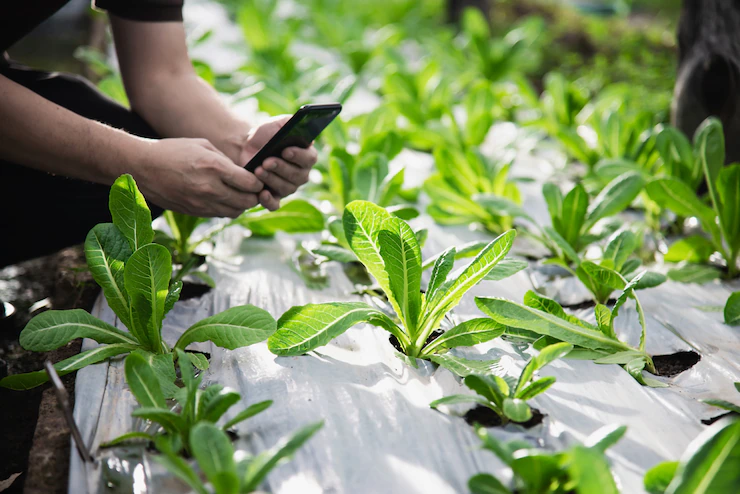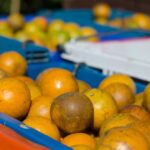Technology has become a game-changer in the field of agriculture, transforming traditional farming practices and revolutionizing the South African industry as a whole. From precision farming to data analytics, innovative technologies have opened up new possibilities for increased productivity, efficiency, and sustainability. Here are ten key uses of technology in agriculture:
- Precision Farming: Precision farming involves the use of advanced technologies such as GPS, drones, and sensors to optimize farming practices. Farmers can collect real-time data on soil moisture, nutrient levels, and crop health, allowing them to make informed decisions about irrigation, fertilization, and pest control. Precision farming minimizes resource wastage and maximizes yields.
- Internet of Things (IoT): The Internet of Things connects physical devices and sensors to gather and exchange data. In agriculture, IoT is used to monitor and control various farming processes. For example, sensors can measure temperature and humidity in greenhouses, control irrigation systems, and track livestock movements. IoT improves efficiency, reduces costs, and enables remote monitoring and management.
- Automated Machinery: Automation has revolutionized farming with the introduction of automated machinery and robotic systems. Automated equipment such as robotic milkers, autonomous tractors, and robotic harvesters can perform tasks with precision and efficiency, reducing labor requirements and increasing productivity.
- Vertical Farming: Vertical farming is a technology-driven approach that involves growing crops indoors in stacked layers or vertically inclined structures. This method utilizes artificial lighting, hydroponics, and climate control systems to create optimal growing conditions. Vertical farming minimizes land use, conserves water, and enables year-round crop production in urban areas.
- Data Analytics and Farm Management Software: Data analytics and farm management software provide farmers with powerful tools to analyze data, monitor performance, and optimize decision-making. These technologies integrate data from multiple sources, including weather patterns, soil conditions, and crop performance, allowing farmers to improve resource allocation, track costs, and increase efficiency.
- Genetic Engineering and Biotechnology: Genetic engineering and biotechnology have led to significant advancements in crop breeding, disease resistance, and crop protection. Through genetic modification, scientists can enhance traits such as yield, nutritional content, and resistance to pests and diseases. Biotechnology also enables the production of genetically modified organisms (GMOs) that can withstand harsh environmental conditions.
- Remote Sensing and Satellite Imaging: Remote sensing and satellite imaging technologies provide valuable insights into land and crop conditions on a large scale. Satellites capture images that help farmers monitor vegetation health, detect crop diseases, and assess soil moisture levels. This data enables farmers to take proactive measures to optimize crop management practices.
- Mobile Applications and Farming Tools: Mobile applications have become essential tools for farmers, providing access to information, resources, and market opportunities. Farmers can use apps for weather forecasting, pest identification, market prices, and record-keeping. Mobile technology enables farmers to stay connected, access real-time information, and make informed decisions on the go.
- Blockchain Technology: Blockchain technology offers transparency and traceability in the agricultural supply chain. It allows farmers, distributors, and consumers to track the origin, quality, and journey of agricultural products. Blockchain can improve food safety, prevent fraud, and provide assurance to consumers about the authenticity and sustainability of agricultural products.
- Agricultural Drones: Drones equipped with cameras and sensors have become valuable tools in agriculture. They can monitor crops, assess field conditions, and collect data on plant health, pest infestations, and irrigation needs. Drones provide farmers with a cost-effective and efficient way to survey large areas quickly and identify potential issues.
These ten uses of technology in agriculture are just the tip of the iceberg. The rapid advancements in technology continue to transform the agricultural industry, offering innovative solutions to address challenges







